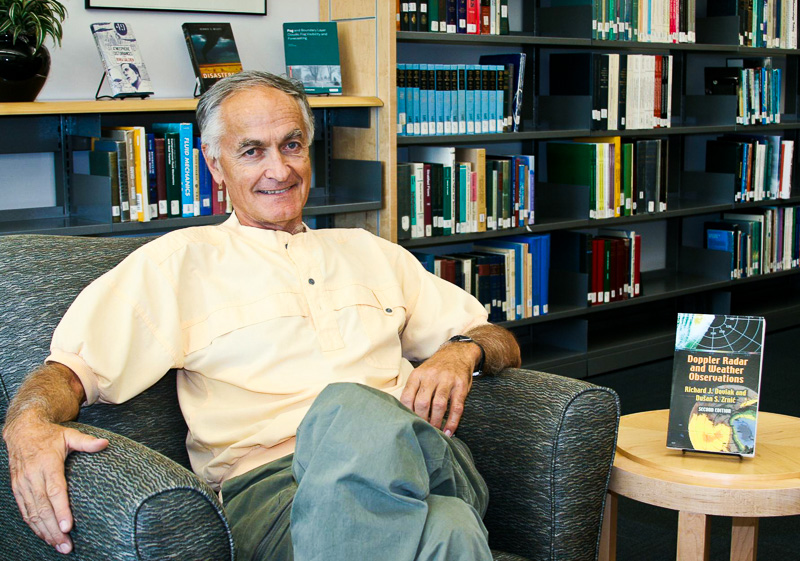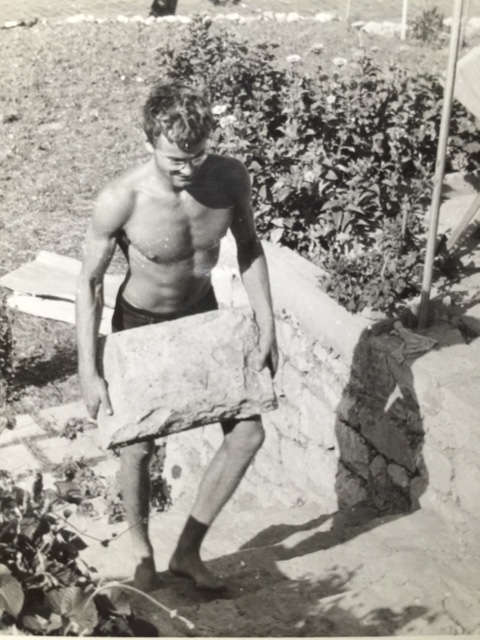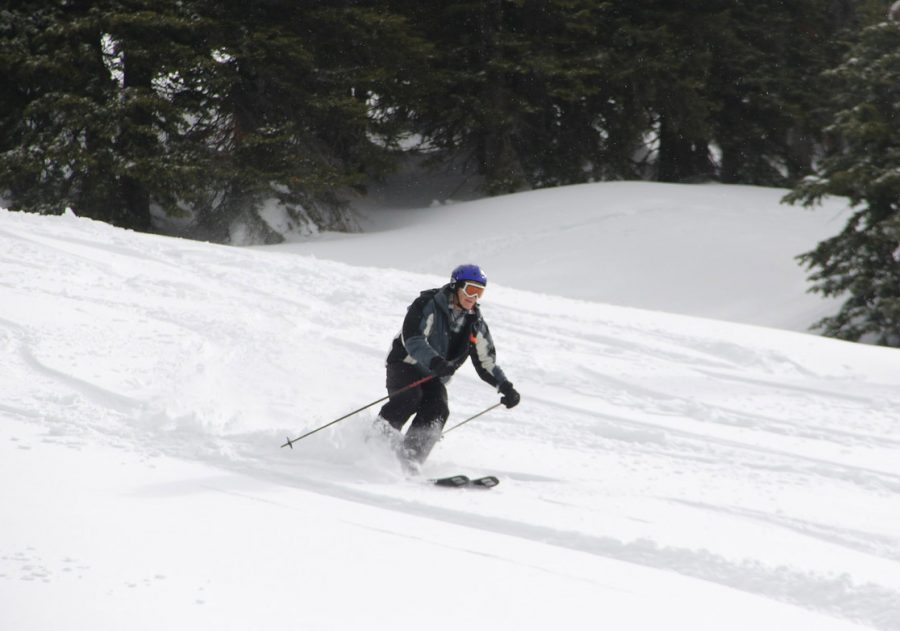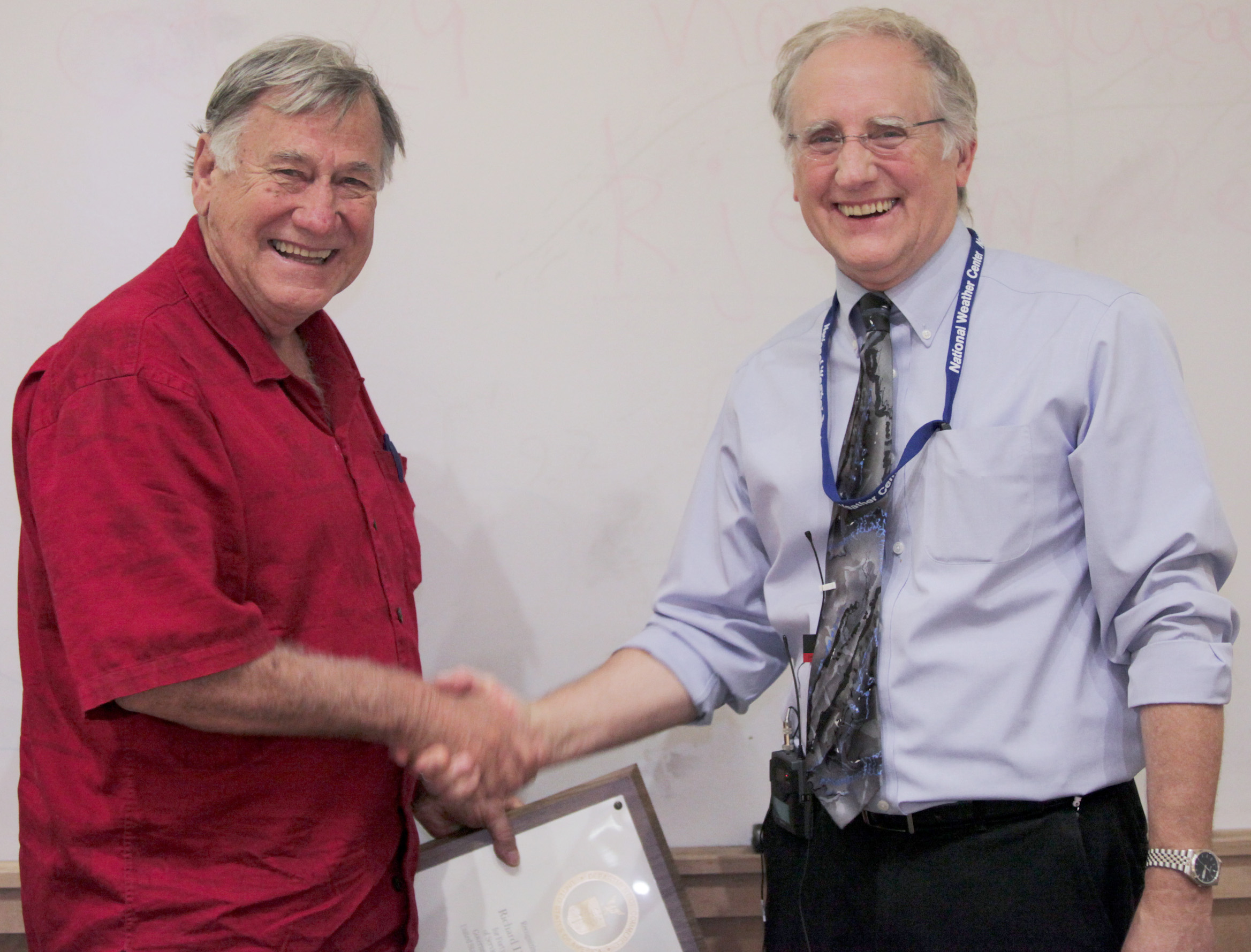
During the month of February, NSSL will feature some of its longest-serving employees. Those employees will share their favorite experiences through the years, and highlight some of the most significant changes they have witnessed.
Dusan Zrnic is a senior research scientist at the NOAA National Severe Storms Laboratory, where he has worked for more than 40 years. Zrnic has published extensively on weather radar and is co-author of the book Doppler Radar and Weather Observations with NSSL’s Dick Doviak. He is a Fellow with both the Institute of Electrical and Electronics Engineers and the American Meteorological Society, and has received numerous awards and honors including the 2004 Presidential Rank Award.
Q: How did you get into your field?
A: I was proficient in math and physics so engineering seems to match these attributes and provided a stable career with good income, thus I chose electrical, also to distance myself from my father’s mechanical engineering degree.
Q: Describe the path leading up to your current job.
A: I had an academic position at California State University, Northridge. I applied to the National Research Council for a year-long visiting post-doc position at NSSL. I liked the work there and a few years later took a permanent job at NSSL.

Q:What are you most proud of during your time at NSSL or what is the most significant achievement of your career?
A: Work on dual polarization and its adoption by the NOAA National Weather Service as an upgrade to the network of WSR-88D, or NEXRAD, radars.
Q: What is it about your job that interests and engages you?
A: Novel problems and struggles to resolve these, interaction with other professionals in the National Weather Center building, and with students. To top this the weather radar is an example of a military technology applied to the good of all, friend and foe (who sooner than later becomes a friend).
Q: What is the most significant advancement in your field during your time at NOAA?
A: In weather radars, it is dual polarization. Find out more here.
Q: Tell us something that might surprise us about you.
A: My intellectual affinity is toward engineering, curiosity toward science, but love toward arts.

Q: What is the most memorable experience of your career?
A: Two experiences on the same subject. The first real time computation and display of the polarimetric variables as we know these today obtained with the NSSL-operated Cimarron radar in the alternate mode of horizontally/vertically polarized waves in 1992. And the first dual pol data in the simultaneous mode obtained with the WSR-88D on the Norman KOUN radar in 2002. These results were above expectations and I still keep the images and show them at various workshops/meetings/courses.
Q: What is your personal philosophy?
A: In everything you do — work, sport, love — give it your 150 percent.
Q: Where is your favorite place to be?
A: Winter, knee deep powder snow on top of a ridge ready to glide.
Q: How do you define success?
A: If your expectations are met.



